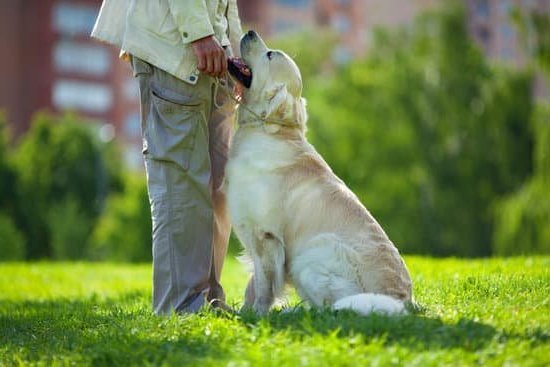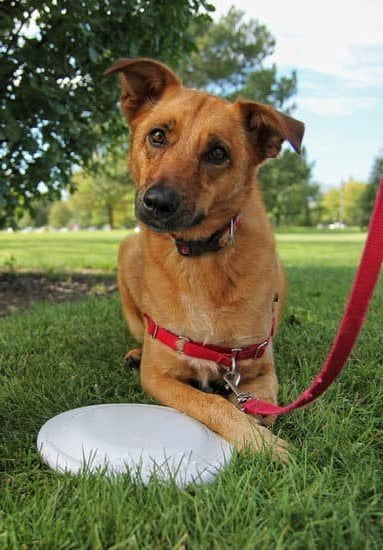There is no question that crate training puppies is one of the most effective ways to housebreak them. However, when there is another dog in the house, things can get a bit more complicated.
The key is to make sure that the puppy has enough space in the crate to move around, and that the other dog cannot get to the puppy. You may also need to put a gate up to keep the dogs apart when you are not able to supervise them.
It is important to start crate training puppies as early as possible, so that they get used to being in the crate and so that the other dog does not view the crate as a place to get away from the other dog.
If you have any questions about crate training puppies with another dog, please contact your veterinarian.
How To Crate Train An Older Dog At Night
When it comes to crate training an older dog at night, there are a few things you need to keep in mind. For one, older dogs may not be as keen on the idea of spending time in a crate as younger dogs are. They may also be more resistant to learning new behaviors as they age.
That said, crate training an older dog at night is definitely possible. You just need to be patient and take things slow. Here are a few tips to help you get started:
1. Start by introducing your dog to the crate slowly. Put a few treats inside the crate and let your dog take them out. Do this a few times until your dog is comfortable going near the crate.
2. Next, start closing the door to the crate while your dog is eating his treats. Make sure to give him plenty of treats while he’s inside the crate, and let him out as soon as he’s finished.
3. Gradually increase the amount of time your dog spends in the crate, while still giving him plenty of treats. If your dog starts to get anxious or restless, decrease the amount of time he spends in the crate and try again later.
4. Once your dog is comfortable spending short periods of time in the crate, you can start using it as a place to sleep at night. Start by putting your dog in the crate for a few minutes before bed, and gradually increase the amount of time he spends there.
If your dog starts barking or whining in the crate, don’t give in and let him out. This will only reinforce the behavior. Instead, wait until he’s quiet and then let him out.
Using these tips, you should be able to successfully crate train your older dog at night. Just be patient and take things slow, and you’ll be able to create a happy and comfortable sleeping arrangement for both of you.
Crate Training Schedule Older Dog
The purpose of crate training is to provide a dog with a safe, secure place to sleep and to keep them from having accidents in the house. It can also be used to housetrain a dog.
The crate should be big enough for the dog to stand up, turn around, and lie down in. The dog should have a comfortable bed or blanket in the crate.
The crate should be placed in a busy part of the house where the dog can see and hear what is going on.
The crate should never be used as a punishment.
To crate train an older dog:
1. Start by putting the dog’s bed in the crate and leaving the door open.
2. Feed the dog in the crate and give them positive reinforcement when they go into the crate.
3. Close the door to the crate for a few minutes at a time and give the dog a treat when they stay in the crate.
4. Gradually increase the amount of time the dog spends in the crate.
5. Leave the crate open when the dog is not in it so the dog can go in and out as they please.
Crate Training Dog Crying
One of the most common problems dog owners face is Crate Training Dog Crying. Many dogs will whine or cry when they are first placed in a crate, and this can be very frustrating for owners. There are a few things you can do to help stop your dog from crying in the crate.
First, you should make sure your dog is comfortable in the crate. Some dogs will whine or cry if they are uncomfortable, so make sure the crate is the right size for your dog and that it is in a quiet, comfortable location. You may also want to put a blanket or toy in the crate to make your dog feel more comfortable.
You should also make sure your dog is getting enough exercise. A tired dog is less likely to cry in the crate. Make sure you are taking your dog for walks and playing with him regularly.
Finally, you may need to start crate training your dog slowly. Some dogs will whine or cry if they are placed in a crate after being allowed to roam free in the house. Start by putting your dog in the crate for short periods of time and gradually increase the amount of time he spends in the crate. This will help him get used to the crate and will stop him from crying.
Crate Training Dog During The Day
There are a few things you need to know about crate training your dog during the day. The first is that it’s important to make sure your dog is comfortable in his or her crate. You don’t want them to be scared or anxious about being in there. The second is that you need to be consistent with crate training. If you only put your dog in the crate when you’re not home, he or she will likely start associating the crate with being alone. And lastly, you need to make sure your dog has plenty of opportunities to go outside and relieve himself.
The best time to crate train your dog is during the day, when you’re home to let him or her out to relieve himself. You can start by putting your dog in the crate for a few minutes at a time and gradually increase the amount of time he or she is in there. Make sure you give your dog plenty of praise and rewards when he or she does something good, like going to the bathroom outside.
If you’re consistent with crate training your dog during the day, he or she will likely start to see the crate as a place of comfort and security. This can be especially helpful if you have to leave your dog home alone for a few hours. The crate will be his or her own little safe haven, where he or she can relax and rest until you return.

Welcome to the blog! I am a professional dog trainer and have been working with dogs for many years. In this blog, I will be discussing various topics related to dog training, including tips, tricks, and advice. I hope you find this information helpful and informative. Thanks for reading!





